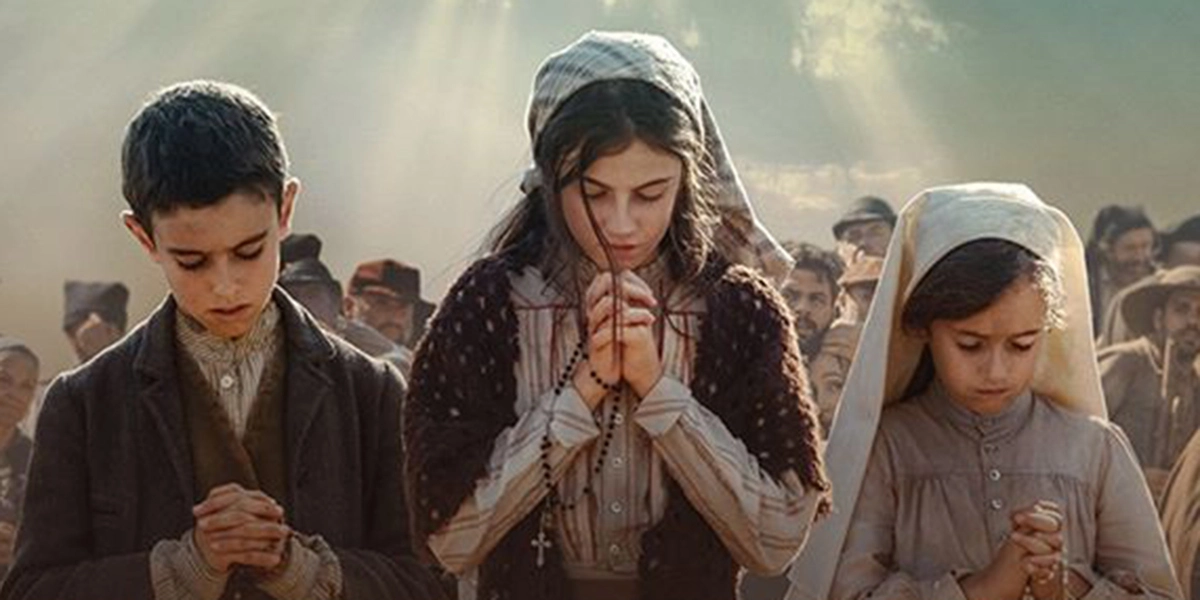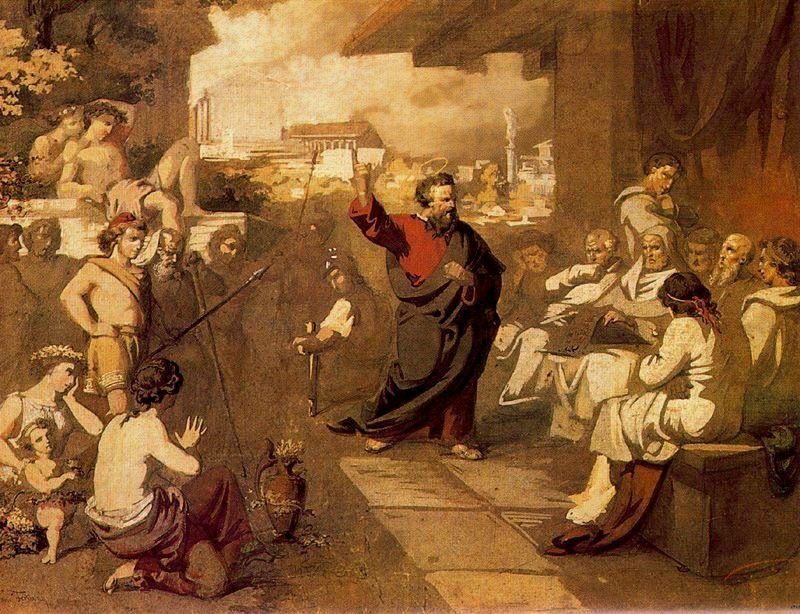The Bible blockbuster, once a staple in the film industry, has fallen on hard times—very hard times. Although Mel Gibson scored a notable success with The Passion of the Christ, hard to believe as it is, that was sixteen years ago. Since then, a handful of films have either tried to retell biblical stories more or less verbatim (2013’s The Book of Esther—not so well received) or use them in a prominent way to highlight the deeds of a script’s hero (as in 2016’s very good Risen).
Stories about miracles are another matter. Why? Maybe because the miraculous dovetails nicely with the merely strange. Inexplicable healings, odd celestial phenomena, and, yes, visitors from the “other side” provide grist for the Hollywood mill—or Hollywood-like mills all over the world. Besides, as a cynic might say, the less overtly religious such tales are, the better.
But what does “Hollywood” (generically speaking) do about a proposed scenario that is not only steeped in religion but in Roman Catholicism as well? Simply put, it can ignore the script. In the case of the 1917 miracle reported in Fatima, Portugal, however, the challenge seems to have another solution: film it. And on two notable occasions, that’s exactly what has happened.
But, first, what is Fatima all about? From what history can tell us, three children, Lucia (nine years old), Francisco (eight), and his sister Jacinta (six) were tending their families’ sheep when they saw a lady dressed in white brighter than any clothing they’d seen before.
It was May 13th. They were told to say their rosary, to pray for peace, to come again on the same day and place to see her for the next six months—and not to tell anyone what had happened. Naturally, the youngest of the three blabbed (who could blame a six-year-old?), and the story spread but not without fierce skepticism from parents, villagers, the local priest, the bishop, and the authorities.
As for the last of the naysayers, Portugal had recently experienced a revolution that ended the monarchy and ushered in a “modern” state, determined to stamp out “superstition.” But the children did not budge from their claim and returned each month to meet the Lady as they had been instructed (except for August when the mayor had them jailed). Subsequent meetings revealed she was Mary, and soon as each 13th day of the six months came, crowds gathered and grew finally to a multitude. At the children’s last meeting with the Virgin (who, by the way, nobody else could see), a prodigy occurred.
The sun began to glow as it never had—at least, to the eyes of many of the 70,000 there. Some claimed it danced, some that it turned amber, and a few that it did nothing out of the ordinary. But more than enough testified to it, some from miles away. And eventually, the Church approved the event as a miracle.
Again, give “Hollywood’s” producers credit; they know a good story when they see one. The Miracle of Our Lady of Fatima (1952) and Fatima (2020) are the results. I can say nothing of the earlier film, but the new Fatima (available on Amazon Prime) tells the story with conviction and sufficient restraint in a handsome production.
The children, played by Stephanie Gil (Lucia), Jorge Lamelas (Francisco), and Alejandra Howard (Jacinta) are believable, which is to say, good and reverent without being overly angelic. Lucia Moniz as Lucia’s doubting mother appears at times a bit harsh, but what mother would not bristle at such a fantastic tale? Goran Visnjic (Mayor Arturo) proves about as menacing as one would expect. Too menacing? I wonder. Certainly, not too proud.
Joana Ribeiro as the Virgin Mary exudes the still, quiet purity the role demands. If she seems too beautiful to be a first-century Judaean maid, well, that may be because she is, but would the Lord’s mother now in Paradise be less than beautiful? Banish the thought.
As a Protestant, I’ve always taken sightings of the Virgin Mary with, let’s say, a grain of salt. But to be fair so has Rome. The miracle in 1917 had enough witnesses to satisfy the ecclesiastical authorities and watching Fatima, one can see why.














